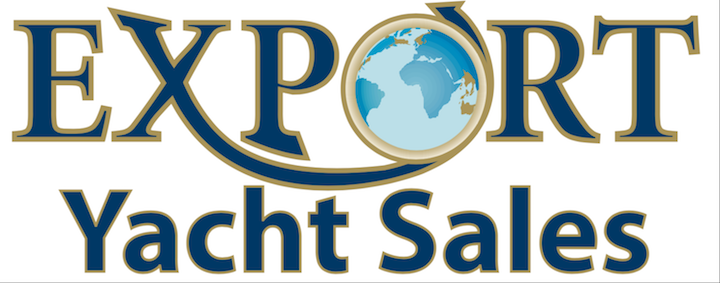December Boat Sales
U.S. yacht brokers sold 1,528 boats in December, completing a strong fourth quarter of 2013 and an eighth straight month of improving sales compared to the same month in 2012. According to YachtWorld member brokerages reporting in SoldBoats.com, the volume of sales was up 3 percent for the month of December, 8 percent for the quarter, and 6 percent for the year. The total number of sales for 2013 was 31,451 boats, up from 29,730 in 2012. The total value of the boats sold in the month was $447,000, an unusually high figure that was $99,000 above December, 2012 and the third highest monthly total in 2013. Superyacht sales accounted for about three-quarters of the gain, with $265 million paid for boats over 80 feet. But the market segments between 26 and 45 feet, which are much less volatile price-wise, accounted for most of the rest of the gain, a positive sign of increasing average prices through the high-volume end of the market. The aggregate price paid for boats sold in 2013 was $3.94 billion, almost $700 million more than the previous year. The volume of sales of the smallest boats sold actually slowed in December compared to the previous December, especially among powerboats, with brokers selling 1 percent fewer boats under 25 feet long and 2 percent fewer boats between 26 and 35 feet. More than offsetting those incremental declines, however, were sales of boats above 35 feet. Boats 36 to 45 feet were up 8 percent, with 370 boats sold. Sales of boats 46 to 55 feet rose 12 percent, with 118 boats sold. And among boats 56 to 79 feet, sales climbed 25 percent, with 60 boats changing hands. For the year, sales of boats of all lengths below 55 feet increased a similar amount on a percentage basis, between 5 and 7 percent. The strongest category was boats between 36 and 45 feet, with 6,606 boats sold, up from 6,170 a year earlier. The total price paid for all boats under 55 feet improved compared to 2012 at a greater rate than the number of sales in each length segment, proof that average prices paid rose during the year. For example, in the 36- to 45-foot category, total value increased 9 percent, from $789 million to $860 million, and the average price paid rose from $128,000 to $130,000.

